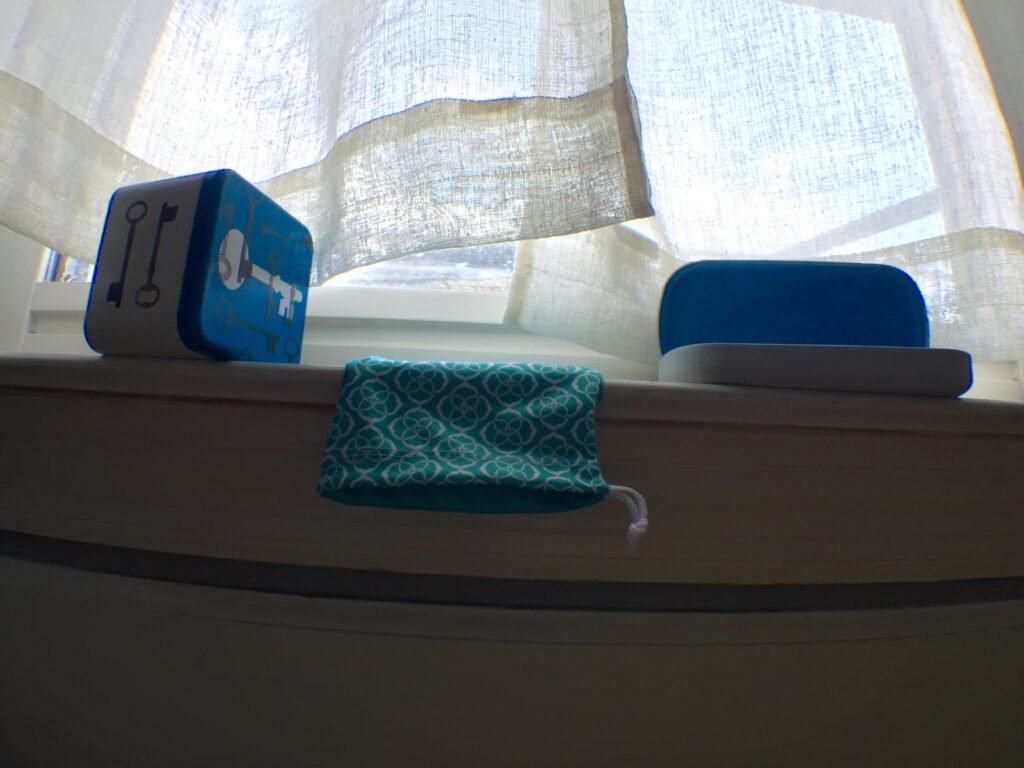Fashion and IP, Part Two: Trade Dress
The first post in this four-part blog series on fashion and intellectual property (inspired by the end of New York Fashion Week last week) touched on the protection of fashion designs under U.S. copyright law. This post focuses on the role of trade dress in the fashion world.
What is Trade Dress?
Trade dress is the distinctive packaging, coloring, or other design aspects of a brand beyond just the logo. (We'll talk about logos in the next post in this series.) Trade dress also provides protection to the design characteristics of a product, so long as those characteristics are not functional, and have acquired distinctiveness (more on that later). The key to trade dress is remembering that it must act as a source identifier. If you think that sounds similar to trademark protection, you're not wrong. Both trademark and trade dress protection stem from the federal Lanham Act and are rooted in the protection of the consumer (as discussed previously in this post).
The Look and Feel
Think of trade dress as the "look and feel" of a brand. Examples? The white, clean appearance of the Apple store (and its packaging); Tiffany & Co.'s Tiffany Blue Box; and UPS's chocolate brown uniforms and delivery trucks. Pictured below are other examples of trade dress: a watch box (Fossil), a jewelry bag (Kendra Scott), and an eyeglass case (Warby Parker).

How does trade dress apply to the fashion world? Christian Louboutin certainly fought hard for his trade dress: the infamous red-soled shoe. (Or, according to its description currently on file with the Trademark Office, its "red lacquered outsole on footwear that contrasts with the color of the adjoining ('upper') portion of the shoe"). The company filed suit against Yves Saint Laurent because YSL's sold shoes that were red in their entirety (sole included). Yves Saint Laurent countersued for cancellation of Louboutin's trade dress. After an appeal by Louboutin, the court ultimately modified Louboutin's registration. Protection now exists in a shoe sole that "contrasts with the color of the adjoining ('upper') portion."
In 2012, designer Tory Burch sued her ex-husband for trade dress infringement when he opened a competing business. (For a collection of photos comparing the two companies' trade dress, including the storefront layout, product design, shop entrance, and more, click here.) The case eventually settled, but all of this shows that trade dress is serious business.
What's This "Distinctiveness" Talk?
As stated above, trade dress must not be functional, and it must have acquired distinctiveness. "Distinctiveness" is a fancy legal term. Essentially, the ornamental portion you seek to protect (the brown truck and uniforms, the robins-egg blue box) must be source-identifying. It can't just be "ornamental." In other words, a consumer sees the blue box and thinks, "Tiffany's." A consumer sees a man in a brown uniform holding a parcel and thinks, "UPS." Because they've acquired distinctiveness, those things now act as source-identifiers to consumers.
What About Functionality?
Functional trade dress, though, is difficult to protect, and is not often registrable with the Trademark Office. What's considered functional when it comes to trade dress? That depends on the product or service at issue. But, if the feature of the product is essential to the use of the product, that feature is considered to be functional. Example? If your clothing brand uses a distinctive zipper that is used to open or close an article of clothing, you might be hard-pressed to argue that the zipper is not functional. Likewise, it's difficult to argue that the particular cut, shape, and size of a dress or shirt design does not serve a function.
Is your trade dress is distinctive and worth protecting? Are you thoroughly confused? Would you like to read more on fashion and IP? Tune in next time for a look at the intersection of fashion, trademarks, and counterfeiting.


